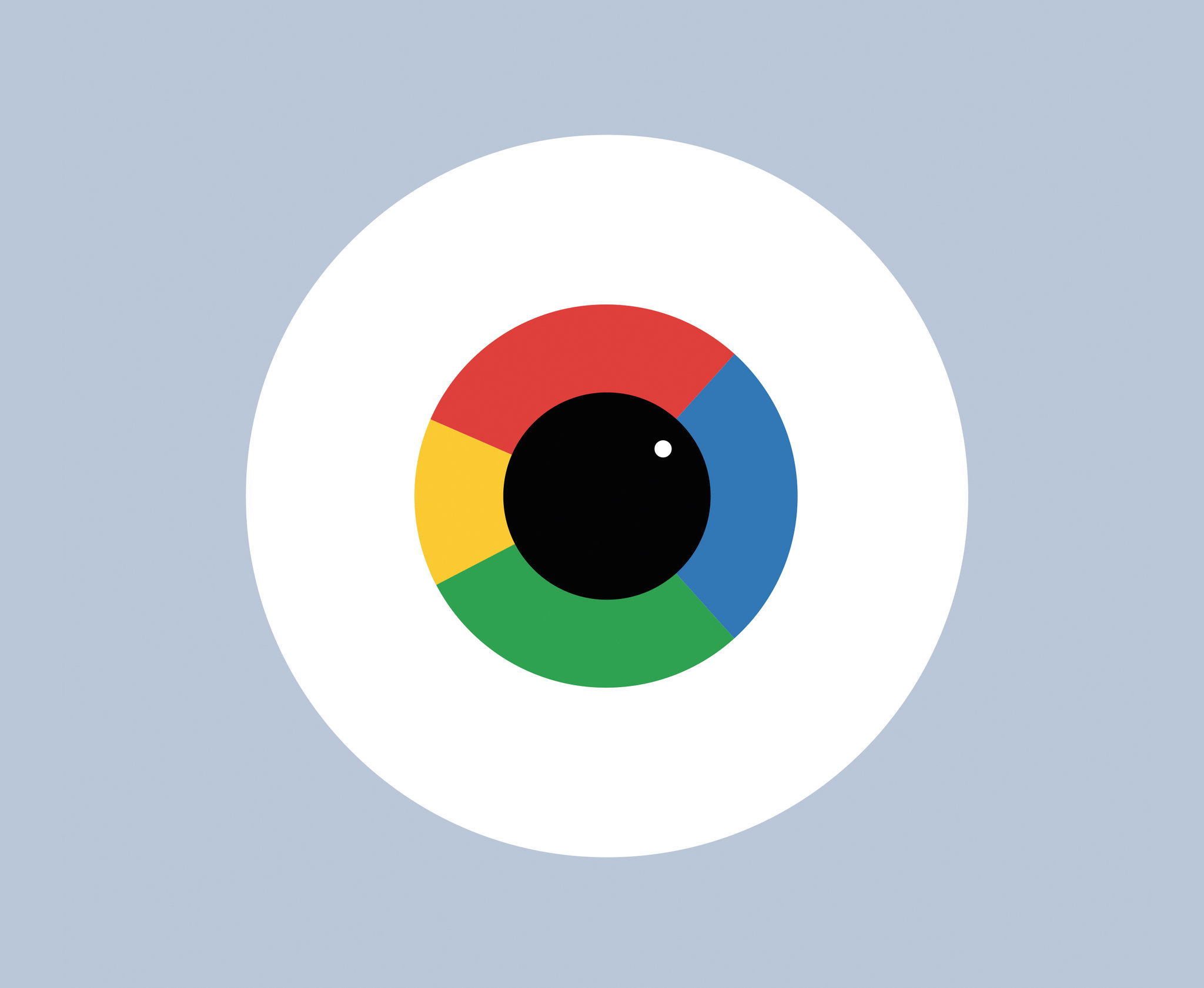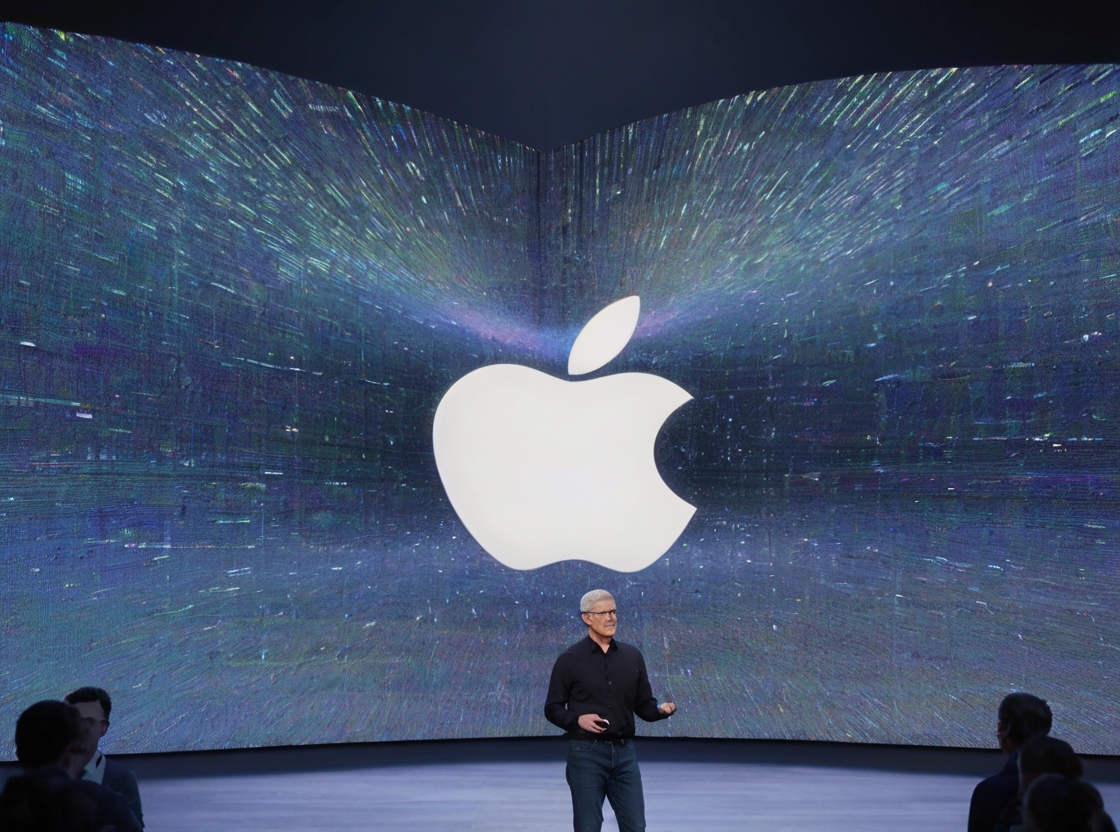Digitizing smell is a science field that has seen massive advancement due to artificial intelligence and machine learning. Alexander Bell introduced it in 1924, and today, researchers at Monell Center and Osmos are making it a reality.
Also Read: Business Leaders Love AI But They Don’t Use It Effectively
On April 1st, 2013, Google announced the release of Google Nose, “an innovation that enables the search for smell.” Unfortunately, it turned out to be an April Fool’s joke. Today, artificial intelligence and machine learning have birthed Machine Olfaction, an emerging science poised to make the digital nose a reality with the help of biological sensors.
The Science of Smell Isn’t New
Machine Olfaction is an automated method for simulating the sense of smell. It’s also known as an electronic nose or e-nose. The concept of Machine Olfaction isn’t new. The Canadian-American inventor Alexander Graham Bell asked the readers of National Geographic magazine to create the science of odour. He said,
Also Read: France Positions Itself as a Global Leader in Artificial Intelligence
“Did you ever try to measure a smell? Can you tell whether one smell is just twice as strong as another. Can you measure the difference between one kind of smell and another. It is very obvious that we have very many different kinds of smells, all the way from the odor of violets and roses up to asafetida. But until you can measure their likenesses and differences you can have no science of odor. If you are ambitions to found a new science, measure a smell.”
Alexander Graham Bell
Computers and smartphones provide highly advanced capabilities based on the science of sound, light, and touch. Replicating the sense of smell isn’t an easy job. It requires complex hardware, a database of odor molecules, artificial intelligence, and machine learning.
Project Aroma Builds Odor Database
Project Aroma is dedicated to designing a universal artificial intelligence system to classify odors. The project is being developed at the Monell Chemical Senses Center. Researchers and scientists at Project Aroma are building a database of 10,000 odors. The available machine learning models at the Center now predicts odor based on molecular structure. Designing a perfume on a mobile app or adding the smell of mud to a presentation could become a reality.
Also Read: European Court of Auditors Criticize EU for Failing to Coordinate AI Investments
In addition, scientists at the Monell Center are trying to discover how smell receptors work in the human nose. Further research could involve digitizing taste. Futuristically, Project Aroma could revolutionize the health sector and other sectors where the sense of smell is an asset. Imagine a doctor being able to identify and diagnose breast cancer through its unique odor signature in blood samples.
Google’s Vertex AI Sifts Through Billions of Odor Molecules
Former Google Research team member, Alex Wiltschko, now CEO of Osmo aims to digitize smell using Vertex AI from Google Cloud. Digitizing odor requires converting it into digital bits and organizing it. The last step in digitizing odor is producing it like a speaker or printer.
In a post on X, Osmo Labs, announced the release of its Scent Teleportation technology designed to translocated smell. According to Osmo Labs, “this is a new way to communicate that could one day help resensitize the digital world.”
Today Osmo is proud to introduce Scent Teleportation, a technology that captures a smell in one part of the world and releases it in another. This is a new way to communicate that could one day help resensitize the digital world. https://t.co/YFUIMMOBHK pic.twitter.com/Bnj5bDprku
— Osmo (@Osmo_Labs) March 25, 2024
Also Read: Meta’s AI Chief Says It’s Too Early to Worry About AGI
The scalable power of Google Cloud and Vertex AI assisted Osmo in finding new odor molecules. Alex stated that AI makes cataloging and sifting through billions of odor molecules easy. “Vertex AI makes it easier for our developers and engineers to quickly and easily train AI and machine learning models,” He added.
Cryptopolitan reporting by Randa Moses





